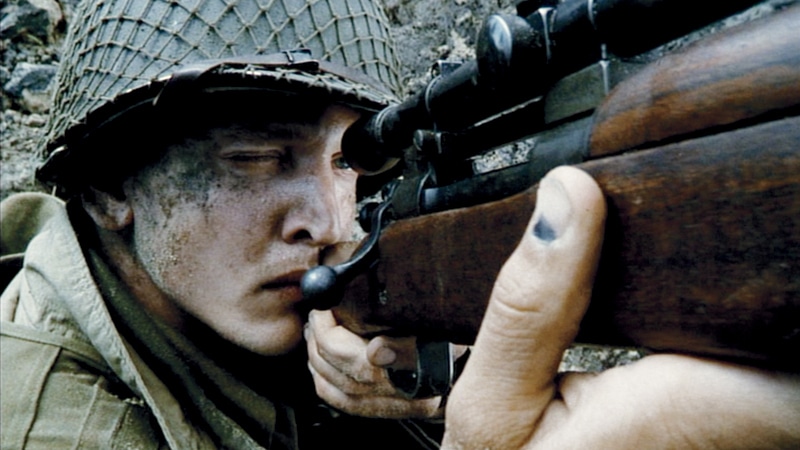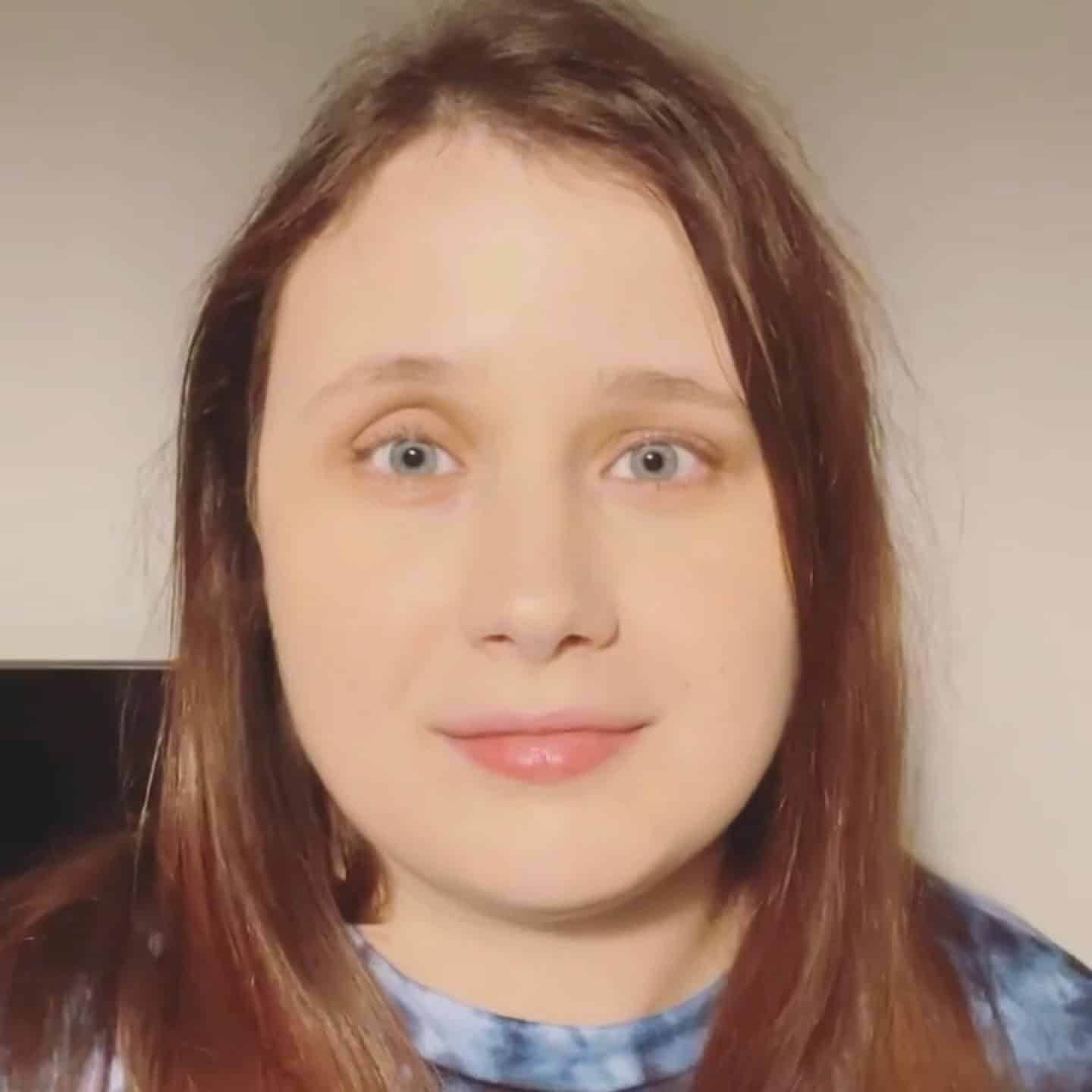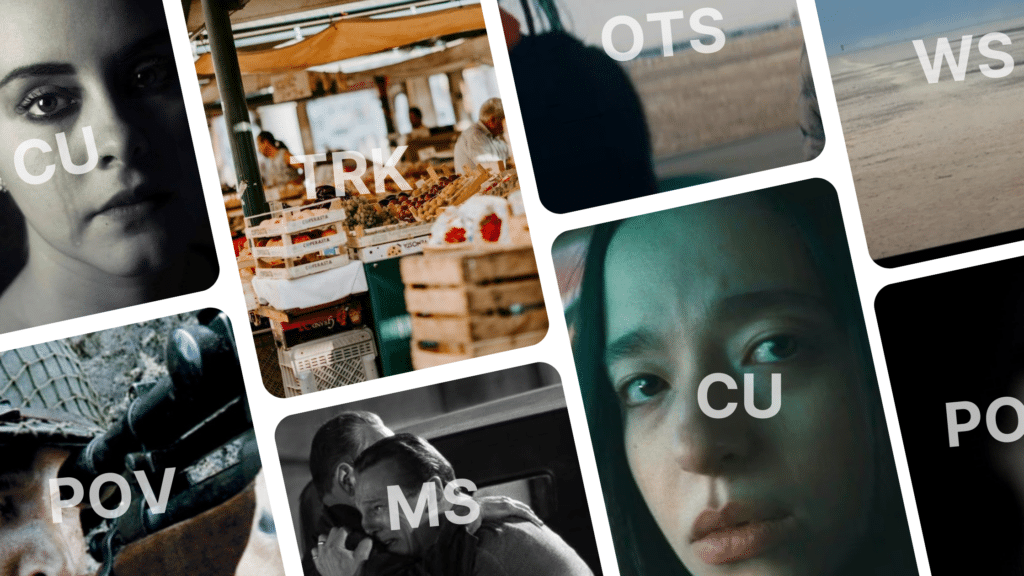
Introduction to Camera Shots and Angles in Film
In filmmaking, shot composition is a fundamental aspect that significantly influences storytelling. Think of each shot as an individual word that contributes to the overall sentences and paragraphs of a narrative.
As screenwriters, if we’re able to understand the purpose and application of the different shot types, we can feel even more confident to convey emotions, highlight key details, and guide the audience’s perspective into our story effectively.
In today’s blog, we’ll explore essential camera shots and angles used in filmmaking, how they shape storytelling, and how screenwriters can describe them effectively (and without stepping on the toes of our fellow filmmakers when it comes to production).
So, grab yourself a cuppa, settle in, and let’s get started on the shots you need to be adding to your shot list…
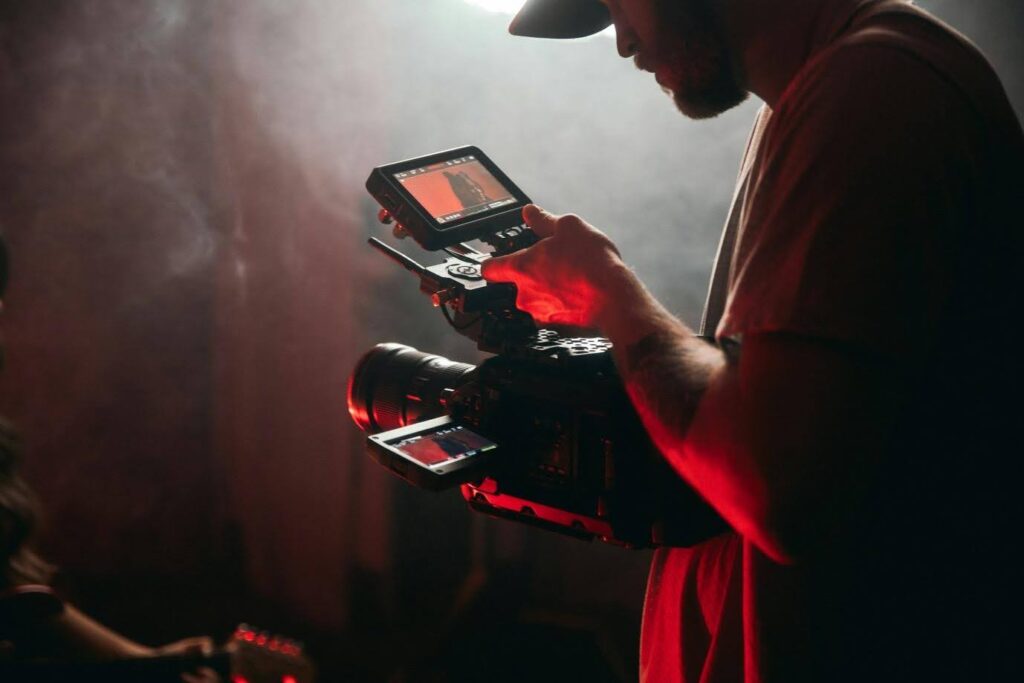
Why Shot Composition Matters in Storytelling
Shot composition is so much more than just a technical aspect of filmmaking. Essentially, it’s a storytelling tool, with the choice of each shot can dictate an audience’s emotional response, focus attention on critical elements, and provide subtext without the need for dialogue.
For example, a close-up can reveal a subtle shift in a character’s emotions. On the other hand, a wide shot can establish a setting or scale of a scene.
If we thoughtfully select shot types, we can craft a visual narrative that complements and enhances the script.
Mastering camera shots starts with the right tools.
Format your script seamlessly in Celtx and let your story shine.
6 Key Camera Shots Every Screenwriter Should Know
So, let’s get into the camera shots themselves and how they’re used. We’ve even thrown in some examples from famous movies so you can see them in action!
1. Wide Shot (WS)
Also known as a long shot, the wide shot captures a subject within their environment, providing context and establishing the setting.
Check out these wide shots and extreme wide shots from Lawrence of Arabia (1962). They’re used extensively throughout the movie to showcase the sheer vastness of the desert. This emphasizes the isolation and scale of the protagonist’s journey.
2. Medium Shot (MS)
A medium shot, one of the most common shot types in film, frames the subject from the waist up. This balances the focus between the character and their surroundings. You’ll see this shot most commonly used during dialogue scenes, much like in the intense deposition scene in The Social Network (2010)
What the medium shot does here is successfully capture the tension between Mark Zuckerberg and his questioners while still providing context of the setting.
For more on medium shots in film: Mastering the Medium Shot: A Filmmaker’s Guide
3. Close-Up (CU)
A close-up is a camera shot that focuses on a subject’s face or an important object to highlight details or emotions the audience need to pay attention to. Just like the title, a close-up shot gets right up close and personal.
Close-up shots of Hannibal Lecter’s face in The Silence of the Lambs (1991) intensify the unsettling nature of his character, drawing the audience further into his psychological manipulation.
4. Over-the-Shoulder-Shot (OTS)
The Over-the-shoulder shot, or OTS, is a unique camera position is behind one character, looking over their shoulder at another character or subject. Often used in conversation, the over-the-shoulder-shot in film is often used to establish clear points of view.
Over-the-shoulder-shots are employed during Michael Corleone’s discussions in The Godfather (1971). As the audience, we are placed in the perspective of his go-betweens, which enhances the intimacy of the dialogue. Just like in the final scene of the movie where a once reluctant Michael finally takes the role of head of the family and the Godfather.
5. Point-Of-View Shot (POV)
Does exactly what it says on the tin! A point-of-view shot shows the audience exactly what a character is seeing, creating a sense of immersion and empathy.
In Saving Private Ryan (1998), the opening D-Day sequence uses POV shots to put the audience in the thick of the battle from the perspective of the soldiers landing on Omaha Beach. The shaky, chaotic framing and muffled sound design immerses viewers in the terror and confusion of battle, making them feel as though they’re experiencing the war first-hand.
6. Tracking Shot (TRK)
A tracking shot is a camera shot that follows a character or object through a scene with the goal of creating immersion or tension. Take the famous Copacabana nightclub entrance in Goodfellas (1990). The camera follows Henry Hill and Karen through the back entrance, immersing us in their glamorous world.
How to Describe Camera Shots in a Script without Overdirecting
When writing a screenplay, we know it’s tempting to include specific camera directions to ensure your vision is clear to anyone who reads it or goes to adapt it into its visual form. However, our job first and foremost is to write, and that means focusing on storytelling rather than technical instructions. We of course, need to be aware of the shots that directors and cinematographers employ, and once we do, we can adapt accordingly in our writing.
Overdirecting can make our scripts feel rigid and take creative control away from the director and cinematographer. Instead of dictating camera movements, use vivid, active language to imply the necessary shots while keeping the scene engaging.
Here are our top tips for describing camera shots without overdirecting and getting too technical:
Show, Don’t Tell
The age-old writing advice of show, don’t tell, rings true when we’re considering camera shots in our screenplays.
So, instead of using the technical language of:
CLOSE-UP on Sarah’s tear-streaked face as she realizes the truth.
Try something like:
Sarah’s eyes widen. Her breath sharpens. A tear slips down her cheek.
Here, we’re focusing on the action and emotion, naturally guiding the reader (and the eventual director) towards a close-up shot without explicitly saying it. We’ve homed in on Sarah’s eyes, noting the tear. To show this on screen, a director will naturally need to zoom in.
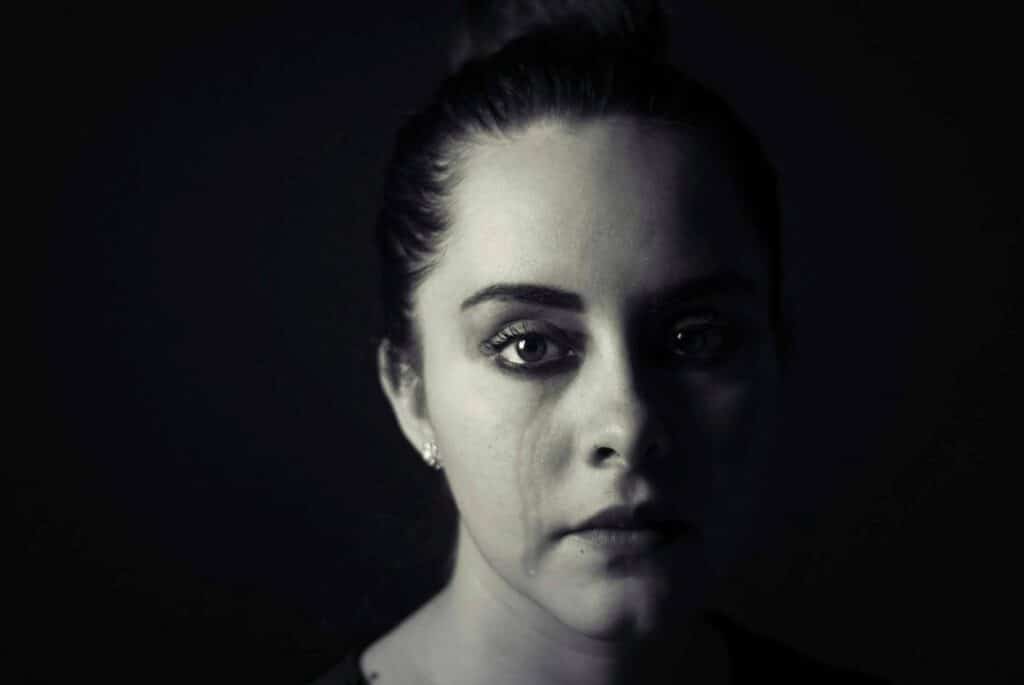
Let the Action Dictate the Frame
This is particularly the case if you’re looking to imply a tracking shot where we follow a character or subject through a scene.
For example, instead of specifying the tracking shot explicitly:
TRACKING SHOT: Mark weaves through the crowded market, the camera following him.
Try a more subtle approach:
Mark pushes through the sea of people, glancing over his shoulder. A vendor groans as he nearly knocks over a fruit stand. Behind him, a figure in a black coat follows.
Here, the implied movement is embedded within the writing, which allows the director to decide the best approach on how to capture it on camera.

Imply a POV Shot
If, instead, you’re looking to create a first-person perspective, don’t write this directly into the script:
POV SHOT: We see through Alex’s eyes as she lifts the gun.
Consider what Alex sees and experiences, implying that we’re seeing through her eyes.
The gun heavy in Alex’s hands, the world narrows – only the man in front of him exists now.
You want to pull the audience into the moment, especially if it’s a pivotal one in the story. By writing camera directions, you’re in danger of pulling readers out of the narrative and losing their attention.
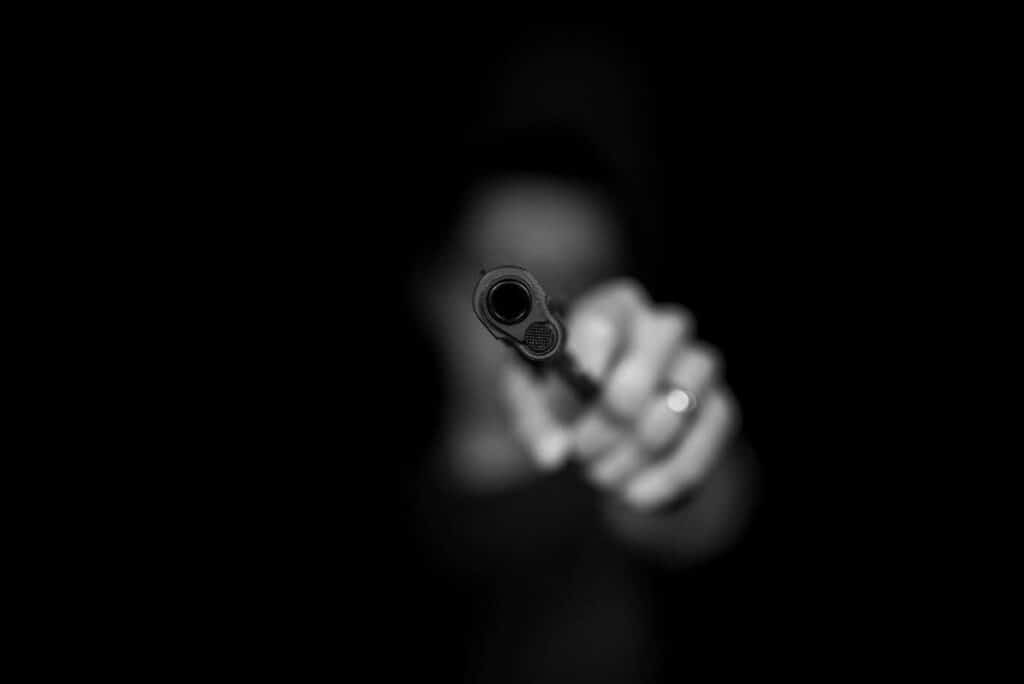
Trust the Director and Cinematographer
As we’ve said, our job as screenwriters is to create a compelling and immersive story. The visual storytelling should exude naturally from the action and descriptions we write. The absolute best screenplays give directors and cinematographers enough room to interpret and execute the vision while keeping the script a captivating read.
Write more visually compelling scripts with Celtx — use industry-standard formatting to describe camera shots effectively. Try Celtx free and bring your vision to life.
Case Studies | How Camera Shots are Used in Film
Now it’s time to take a deep dive into shot composition and how it plays a vital role in some of our favorite movies.
Case Study #1 – Anora (2024)
Shot composition is a huge part of the storytelling in Anora. Based on the screenplay, the director has employed a variety of camera shot types to convey the narrative’s emotional depth and character dynamics.
Firstly, wide shots are used to establish the film’s rural setting. Here, we see Anora’s isolation and the expansive landscape that mirrors her internal solitude.
Close-ups focus on Anora’s facial expressions during moments of introspection. These shots allow an audience to connect with her as a protagonist on a deeper level. This is extremely impactful in the final scene when Anora must come to terms with all that’s happened in her short but tumultuous marriage to Vanya.
There is no dialogue in this clip, but it only adds to the turmoil Anora is feeling at this point.
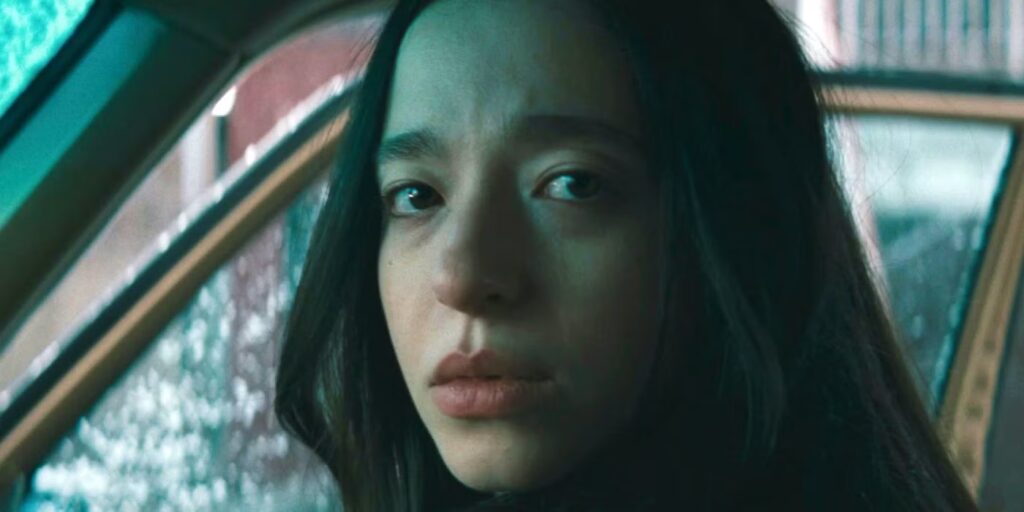
The heated conversations between Anora and her estranged family employ over-the-shoulder shots to emphasize the emotional distance and tension within their relationship despite their familial closeness.
Cinematographer, Drew Daniels speaks openly about his keenness to experiment with the movie’s cinematography, using a variety of techniques to convey Anora’s experiences and emotions throughout the narrative.
Daniel’s vision for the film was slightly different than that of director, Sean Baker. But they ultimately collaborated to create something unique and captivating.
“…a lot of our discussion was about balancing those two things in the visual language – on the one hand Sean’s desire to observe Anora and the ensemble, and on the other my eagerness for experiential cinematography that would see the world from her perspective and connect the audience with her personality, attitude and emotional path. Sean is open to suggestion, and very collaborative in that way, and took my ideas on board.”
Drew Daniels (Interview with Kodak)
Check out the full article on Anora from Kodak right here.

In an interview with Cannes Classic, Daniels also expands on the visual style of Anora, and the importance of high and low shots especially. It’s interesting to note how the overall tone of a film can directly influence the technical side.
For example, Daniels describes filming the key moment in the film where Anora suddenly realizes things aren’t what she thought, prompting a quick change in camera angle:
One of my favorite shots is when she gets up from the couch and walks up towards the door and she’s starting to put it together that holy shit, something’s very wrong. It’s this really low angle on her. And for some reason, the low angle with the ceiling behind her, to me she feels really vulnerable there. And maybe there’s something with the opposites of shooting a low angle instead of a high angle to show a power dynamic. I don’t know. I think it was about the composition more than anything else. It was all in the way we would frame her.
Drew Daniels (Interview with Cannes Classic)
The overall tone of the movie denoted how this scene would be filmed. It’s something we should always bear in mind as writers, and also be prepared to accept that sometimes, our vision will be interpreted differently by a director or cinematographer. Most of the time, for the better!
Case Study #2 – Schindler’s List (1993)
Steven Spielberg is another director who is an expert at shot composition, of course working from Steven Zallian’s screenplay about the horrors of the Holocaust.
Point-of-view shots are a common fixture in Schindler’s List, used to humanize the tragedy that have befallen the characters. One of the most notable of these is the POV shot of the girl in the red coat, when Oskar Schindler sees her walking through the massacre in the ghetto.
Medium shots are also used to capture interactions between the characters, providing a balance between their expressions and the surroundings of war-torn Poland. Clearly positioning the story with a strong sense of time and place is extremely important for a movie that tells one of history’s most important stories.
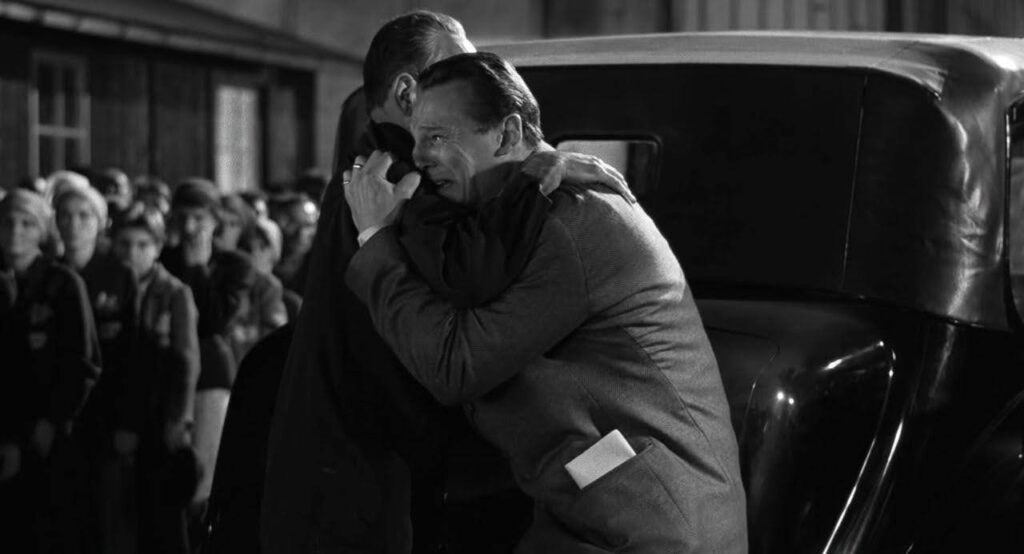
For a more in-depth look at how Schindler’s List was visually composed, check out this fantastic article here.
Conclusion
Understanding shot composition is a game-changer for screenwriters. By mastering these essential shots, you can enhance your storytelling, evoke emotions, and guide the audience’s experience — all without overdirecting.
Writing with a keen awareness of cinematography allows your script to be visually compelling while leaving room for creative collaboration.
Whether it’s a tense close-up or an immersive tracking shot, every choice contributes to the film’s impact. Keep honing your craft, trust your vision, and let the visuals speak through your writing!
Great storytelling isn’t just about words — it’s about how you frame them.
Write scripts that directors love with Celtx.
Sign up for free and start formatting your screenplay today!
Ready to keep learning? You might enjoy these Celtx articles next:
- Is the All-in-One Filmmaker the Future of the Movie Industry?
- How to Block a Film Scene
- Executive Producer: What They Do & How They Shape Productions
